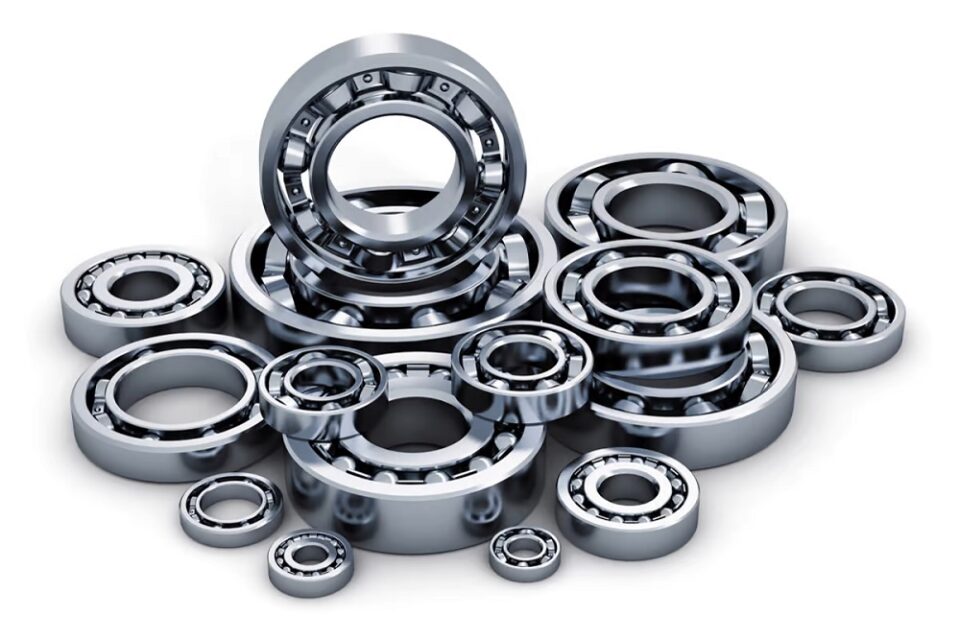Ball bearings are a rolling element bearing used to reduce friction between moving parts. They typically allow a rotating shaft to rotate freely and with minimal resistance. Ball bearings come in various shapes and sizes, ranging from small miniature bearings to large industrial-sized bearings.
The basic design of a ball bearing consists of two rings – an inner ring and an outer ring. The inner ring has a series of grooves, and the outer ring also has a series of tracks. Between these two rings, a series of metal balls are placed. The balls are what contact the rotating surface, and they move in the grooves of the inner and outer rings to reduce friction.
Ball bearing slides on smooth shaft (ลูกปืนสไลด์บนเพลาเกลี้ยง, which is the term in Thai) are used in various applications, from automotive to industrial machinery. In automotive applications, ball bearings are used in the vehicle’s wheels, axles, and other rotating parts. In industrial applications, ball bearings are used in conveyor systems, pumps, and other machinery.
What Are The Advantages Of Ball Bearings?
- Low Friction: Ball bearings reduce friction between two surfaces, allowing objects to move more smoothly and efficiently.
- High Speed: Ball bearings are designed to minimize the friction experienced as an object moves, allowing it to move at higher speeds than other bearing types.
- Low Maintenance: Since ball bearings are designed to minimize friction, they require less frequent lubrication than other bearing types, saving time and money.
- Durability: Ball bearings are designed for long-term use, making them a cost-effective choice for high-wear applications.
- Compact Size: Ball bearings are designed to be small and lightweight, making them ideal for applications where space is limited.
How To Choose Ball Bearings?
- Consider Bearing Type: Depending on your application, choose from radial ball bearings, angular contact ball bearings, double-row ball bearings, self-aligning ball bearings, and more.
- Consider The Bearing Size: Make sure to choose a bearing that is the correct size for the job. Too small, and it won’t be able to handle the load; too large, and it won’t fit.
- Consider Bearing Materials: Choose a bearing material appropriate for your application. Steel, brass, and ceramic are all popular options.
- Consider Bearing Lubrication: Choose between lubricated and non-lubricated bearings.
- Consider Bearing Precision: Choose the ball bearings with the proper level of accuracy for your application.
- Consider Bearing Load Capacity: Make sure to choose a bearing that can handle the load you need.
- Consider Bearing Vibration Resistance: Choose a bearing that can resist vibration and hold up to the motion of your application.
- Consider Bearing Corrosion Resistance: Choose a bearing that can resist corrosion and stand up to your operating environment.

